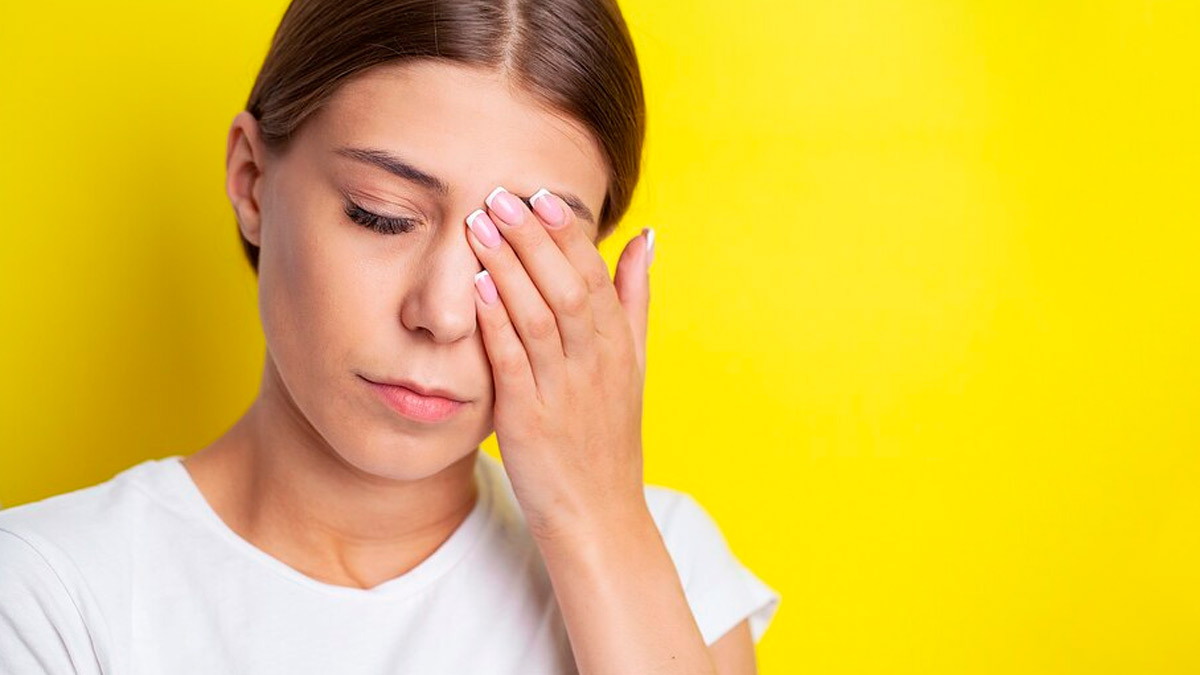
Have you ever noticed flat, soft, yellowish bumps on the inner corners of your or somebody else's eyelids? If yes, these are called Xanthelasma or xanthelasma palpebrarum, a skin condition that is usually painless and does not cause any discomfort unless it grows large enough to interfere with the functions of the eyelid. Dr Harpal Shih Dabhi, Consultant and Head-Pulmonologist and Intensivist, HCG hospitals, Bhavnagar, explains its cause and how it can be associated with high cholesterol levels.
Table of Content:-
Also Read: Skin Cancer Symptoms Go Beyond A New Mole: Can Be Mistaken For Benign Skin Conditions
What Is Xanthelasma?

“Xanthelasma is a skin condition characterised by yellowish deposits of fat beneath the skin, typically around the eyelids,” said Dr Dabhi, adding, “These lesions are formed due to the accumulation of cholesterol-rich substances called lipids.”
According to the American Academy of Ophthalmology, these are usually benign and occur more commonly in women than in men, the incidences being higher in people aged between 30-50 years old.
A Sign Of Cholesterol But Not Always
Although xanthelasma itself does not directly indicate high cholesterol levels, Dr Dabhi shares that it can be a sign of underlying lipid metabolism abnormalities, meaning abnormal levels of blood lipids, that cause fatty deposits in artery walls. Besides high cholesterol, other causes for high lipid levels include diabetes, alcoholism, kidney disease, hypothyroidism, liver disease, and stress, as per a study published in the Journal Biomolecules and Therapeutics.
According to Dr Dabhi, risk factors for xanthelasma include age, family history, obesity, diabetes, and certain genetic disorders. “While the condition is generally harmless, it is important to identify and manage any underlying lipid imbalances,” he recommended.
Preventive Measures

To prevent the skin condition, you must maintain a healthy lifestyle. This includes eating a balanced diet that is low in saturated and trans fats, indulging in regular exercise, working towards weight management, and managing any existing medical conditions. Dr Dabhi said, “Proper diagnosis, evaluation, and guidance is recommended for individuals with xanthelasma.”
For those of you who suspect having xanthelasma, you must visit a doctor. They may be able to tell what you have by examining any skin bumps near the corner of your eyelid. While a xanthelasma diagnosis doesn’t require tests, your healthcare provider may want to check your:
- Cholesterol levels to check for high cholesterol
- Thyroid function to see if you have a thyroid problem
- Blood sugar level to see if you have diabetes
- Liver function to know if you have liver disease
Also Read: How Often Should You Get A Cholesterol Test
Will Xanthelasma Clear Up On Its Own?

According to Cleveland Clinic, xanthelasma doesn’t go away on its own. It requires treatment or it is likely to stay the same size or get bigger. It cannot be popped or squeezed. The best way to remove it is by consulting with your doctor and using products that are prescribed by the doctor.
Conclusion
If you’re suffering from or know somebody suffering with xanthelasma, ensure that you get yourself or the person you know tested for any underlying health problems. This can facilitate timely treatment and improved quality of life.
How we keep this article up to date:
We work with experts and keep a close eye on the latest in health and wellness. Whenever there is a new research or helpful information, we update our articles with accurate and useful advice.
Current Version
